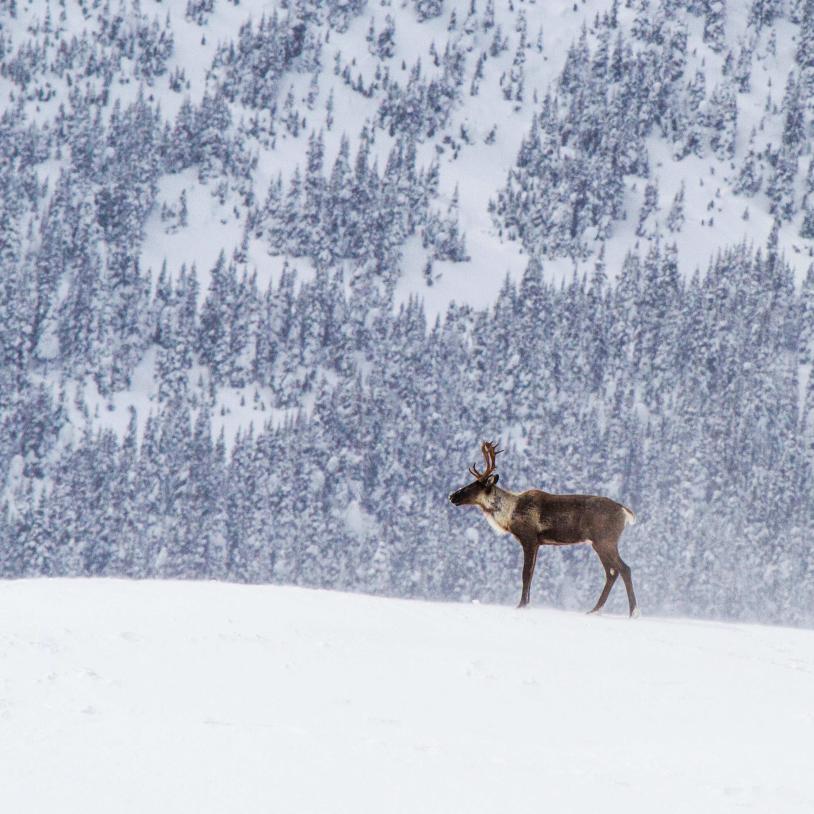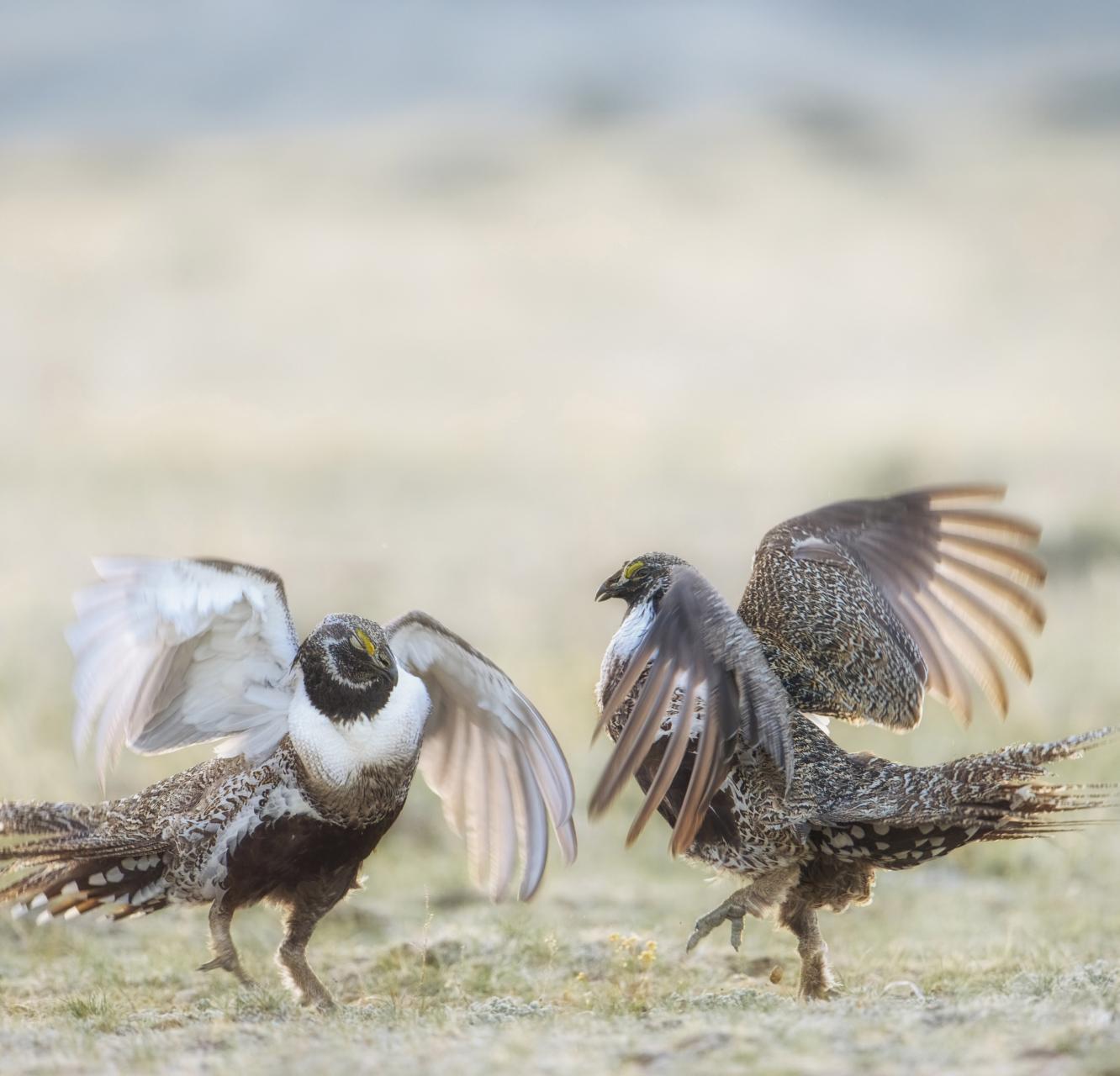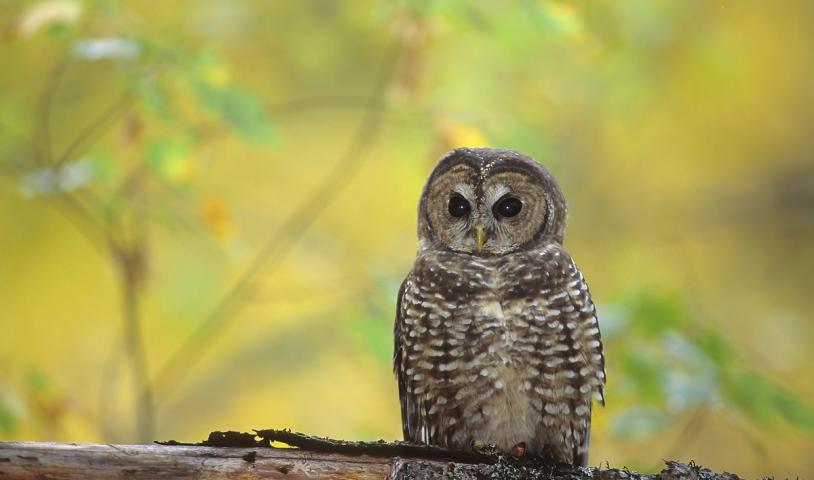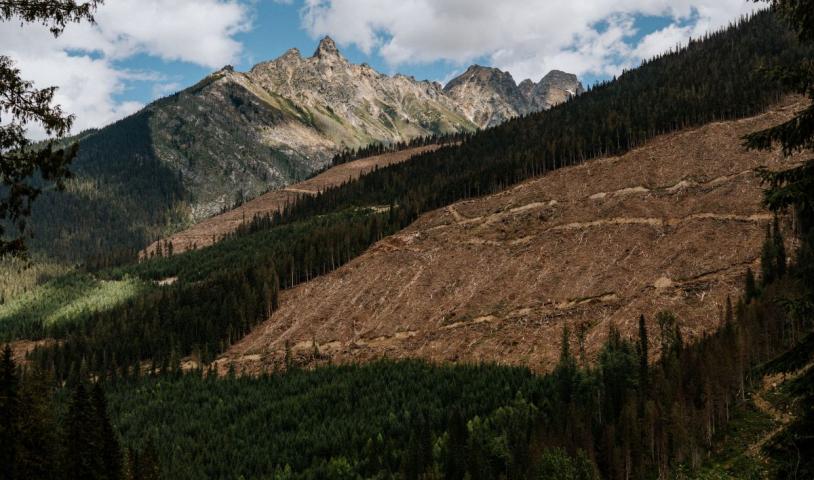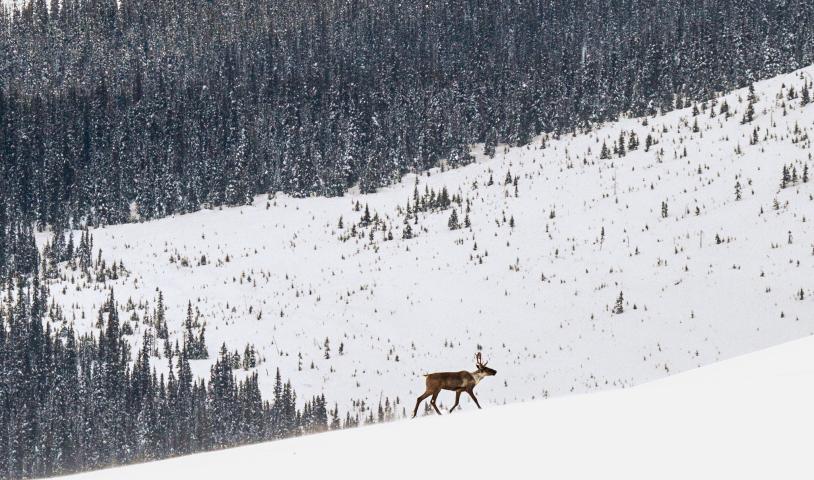Ottawa's inaction could result in extinctions
Tuesday, April 28, 2009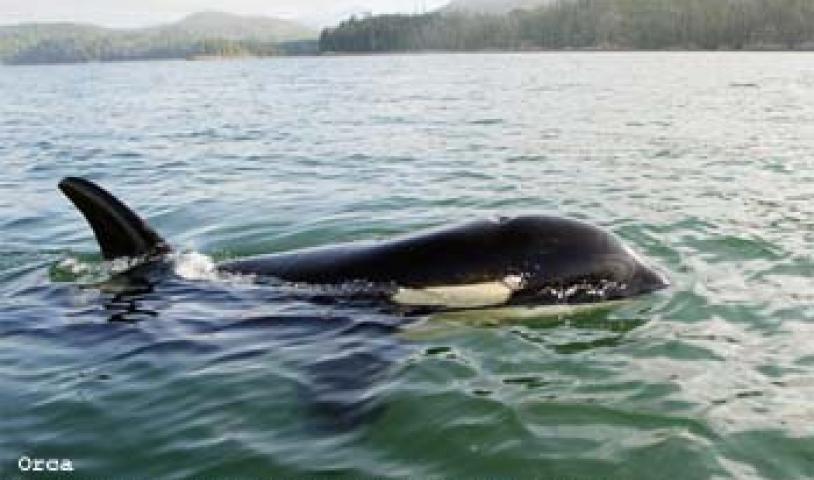
by MARTIN MITTELSTAEDT
Globe and Mail
April 30, 2009 at 1:13 AM EDT
Legislation protecting endangered species has been in existence for six years in Canada, but the federal government has managed to fully complete preservation efforts for only one animal – a tiny snail found nowhere else in the world but in a few hot springs in Banff National Park.
There are currently about 550 species awaiting complete plans for their recovery, ranging from such well-known animals as caribou and killer whales to many lesser known insects, plants and birds.
The slow pace is being decried by environmentalists, who will issue an analysis of Canada's endangered species law Thursday warning that Ottawa's lack of action means many species could become extinct before Environment Canada figures out what needs to be done to save them.
“There are species that we could lose because of government inaction,” said Rachel Plotkin, policy analyst for the David Suzuki Foundation, one of the environmental groups raising concerns about the low level of federal action to safeguard threatened species.
Luna, a four-year-old orphaned orca, surfaces at Mooyah Bay in Nootka Sound in 2004. Orcas are one of few threatened species whose habitat has been identified by federal authorities.
Enlarge Image
Luna, a four-year-old orphaned orca, surfaces at Mooyah Bay in Nootka Sound in 2004. Orcas are one of few threatened species whose habitat has been identified by federal authorities. (Deddeda Stemler/The Canadian Press/Files)
The Globe and Mail
The law protecting wildlife, known as the Species at Risk Act, was enacted in 2002 and is currently under a mandatory review of its effectiveness.
In their analysis, the environmental groups say the Banff Springs snail is the only species for which the protection measures provided for in the act have been fully implemented.
The snail, a tiny mollusk about the size of a kernel of corn, has benefits few other species enjoy. It's found within a national park, where it's been relatively easy for federal officials to take action to safeguard the few hot springs in which it lives.
Ms. Plotkin contended that Ottawa is reluctant to implement protection plans for other species because it would have to negotiate with the provinces and resource companies. Some species, such as caribou, require the protection of vast territories of old-growth boreal forest, potentially placing any conservation protection program at odds with oil and gas, mining, or logging companies.
On the “more challenging species like caribou, Environment Canada … needs to act. What we've seen so far is just a chronic failure to implement the act,” Ms. Plotkin said.
Environment Canada issued a statement yesterday saying it would be inappropriate to comment before it had seen the analysis.
Environmentalists say that the single most important action to save species in danger of extinction is protecting habitat on which they depend for survival.
But only 21 threatened species have had critical habitat identified to date, and the Species at Risk Act has been used to protect areas in only two instances outside of existing federal nature reserves. Those protections were issued for British Columbia's northern and southern resident killer whales, which received habitat support as a result of a lawsuit by environmentalists.
The other groups that helped analyze the act included Nature Canada, Environmental Defence and Ecojustice.
Martin Mittelstaedt is The Globe and Mail's environment reporter
